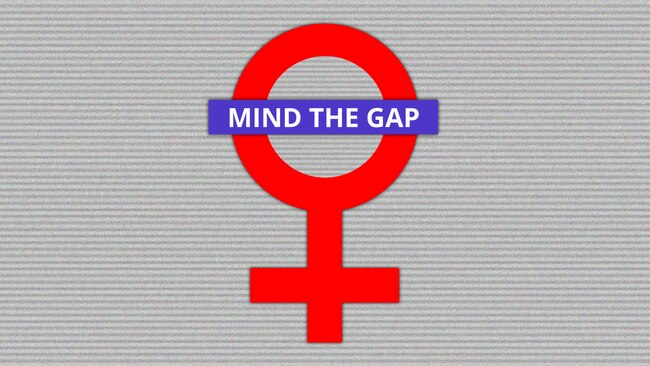What the $1bn pay gap actually means
We know women earn less than men... but what does that look like practically?

We know women earn less than men... but what does that look like practically?
The national gender pay gap between men and women is nearing $1bn a week.
That means, if all the working women in Australia pooled together their earnings from the week, they'd have $966 million less to spend than the working men. That's $51.8bn annually.
This is based on a new report by KPMG, the Diversity Council of Australia and the Workplace Gender Equality Agency (WGEA).
What how does this mean for you, a woman?
- As soon as you graduate from school or university, you are earning less than a man
- You're getting less money in your hand on average - $2.56 per hour to be precise
- Since superannuation payments are based on how much you earn, you will on average have less money in super and therefore less money for retirement. The fastest-growing group of homeless are older women, particularly those in casual or part-time and lower-paying roles.
- If you choose to take time out from the workforce to have kids, the gender pay gap widens.
- If you choose to work in highly "feminised" industries like social services and healthcare, the gender pay gap will be bigger again. That's because women typically take on lower paying or administrative roles while men are going into manager or leadership roles.
"From the day we start working, there's a gender pay gap. So people are graduating from university, and on average, men are earning more than women on that first day of work, and it grows. And the gap widens each and every year for the rest of their working career," WGEA Director Mary Wooldridge said.
This is despite more women than men graduating from universities.
"The big divergence is that point where women take time off to have a family ... We reduce the gap a little bit afterwards, but we never catch up."
"Not only week by week, month by month, year by year are we earning less, but the accumulation of that over a career is hundreds of thousands of dollars and because our retirement savings are based on what we earn that means we also retire with less money as well," Wooldridge said.
What causes the gender pay gap, according to this report?
- The time women take out of the workforce for caring or family responsibilities drives about one-third of the gender pay gap.
- Gender discrimination makes up about 36% of the gender pay gap. This can be due to recruitment practices, not getting the same promotion opportunities or pay rises.
- The jobs women do accounts for about 26% of the gender pay gap. "Masculanised" industries like mining and manufacturing tend to pay more, while "feminised" industries like social services, aged care and healthcare, pay less.
How to reduce the gender pay gap?
Although "there is no silver bullet," Wooldridge said:
- Schools and universities (and society at large) should address the traditional gender stereotypes that we have about the role of men and women and the work that they do.
- Companies or employers should do a formal pay gap analysis to understand where gaps in pay exist.


